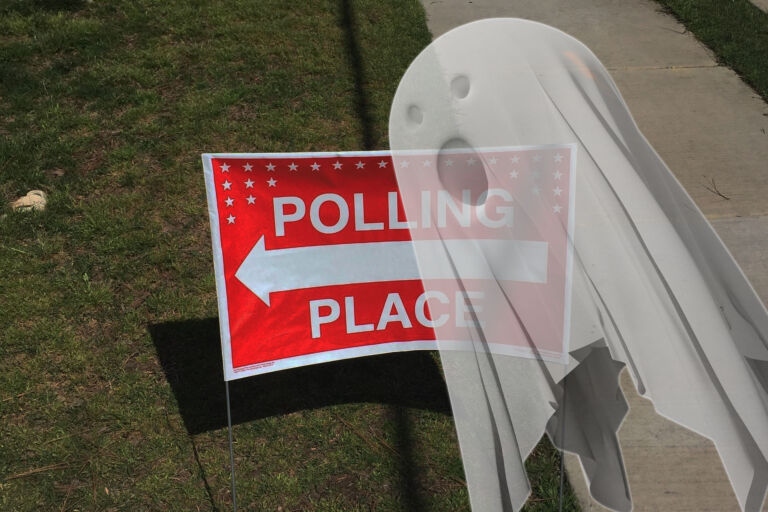The ongoing opioid epidemic has had a profound effect on our country. The healthcare industry is struggling to come up with solutions to best treat people who are addicted. The authorities are wrestling with questions of criminality versus medical illnesses. Communities are getting torn apart because of the harmful effects of the drugs. The situation has left many wondering what the best or any possible smaller solution would be to mitigate some of the effects of this crisis. Some states have turned to injection sites or needle exchanges as a possible solution to curb some of the negative effects of the national opioid crisis. Virginia has opened a few needle exchange sites in counties that are most affected:
Wise County opened the first needle exchange in June. Virginia’s coalfields have been among state regions hit the hardest by the opioid epidemic.
Richmond started a needle exchange last month.
Needle exchanges curb the spread of infectious diseases — in particular, hepatitis C — brought on by the opioid epidemic. Syringe exchange programs provide clean needles to drug users and give them a place to discard dirty needles. They also provide services such as HIV testing, hepatitis C screenings and referrals for medical or drug treatment programs, all part of what is referred to as comprehensive harm reduction.
Smyth County had a hepatitis C rate of 493 per 100,000 people in 2017, well above the state rate of 141 per 100,000.
Other areas are taking it a step further to allow legal use of the drugs in specified areas:
In parts of the country hit hard by addiction, some public health officials are considering running sites where people can use heroin and other illegal drugs under medical supervision. Advocates say these facilities, known as supervised injection sites, save lives that would otherwise be lost to overdoses and provide a bridge to treatment.
There are at least 13 efforts underway in U.S. cities and states to start an official supervised injection site — with advocates in several cities saying they want to be the first. And the forms vary. Seattle is planning a safe injection van; Philadelphia is considering portable structures; some elected officials in places like Denver, Vermont, Delaware and San Francisco, are trying to gather support for proposals.
Harm reduction advocates hope supervised injection sites can follow the path of needle exchange programs which have gained wider acceptance over the years, thanks to their role in containing the spread of HIV and AIDS. There are now needle exchange programs in 39 states.
The opioid crisis amounts to a multi-dimensional, complex combination of issues. We are still in the early stages of even fully understanding what all the causes of the issue are. Legal injection sites and needle exchanges have been one solution that state officials have proposed to try to alleviate some of the effects. Is it an appropriate response to place needle exchanges and legal injection sites in communities that are being affected most by the epidemic? Do the costs of providing more resources for drug users outweigh the benefits of “safer” drug use? What can we do as communities around the country to control the spread of the opioid crisis?


